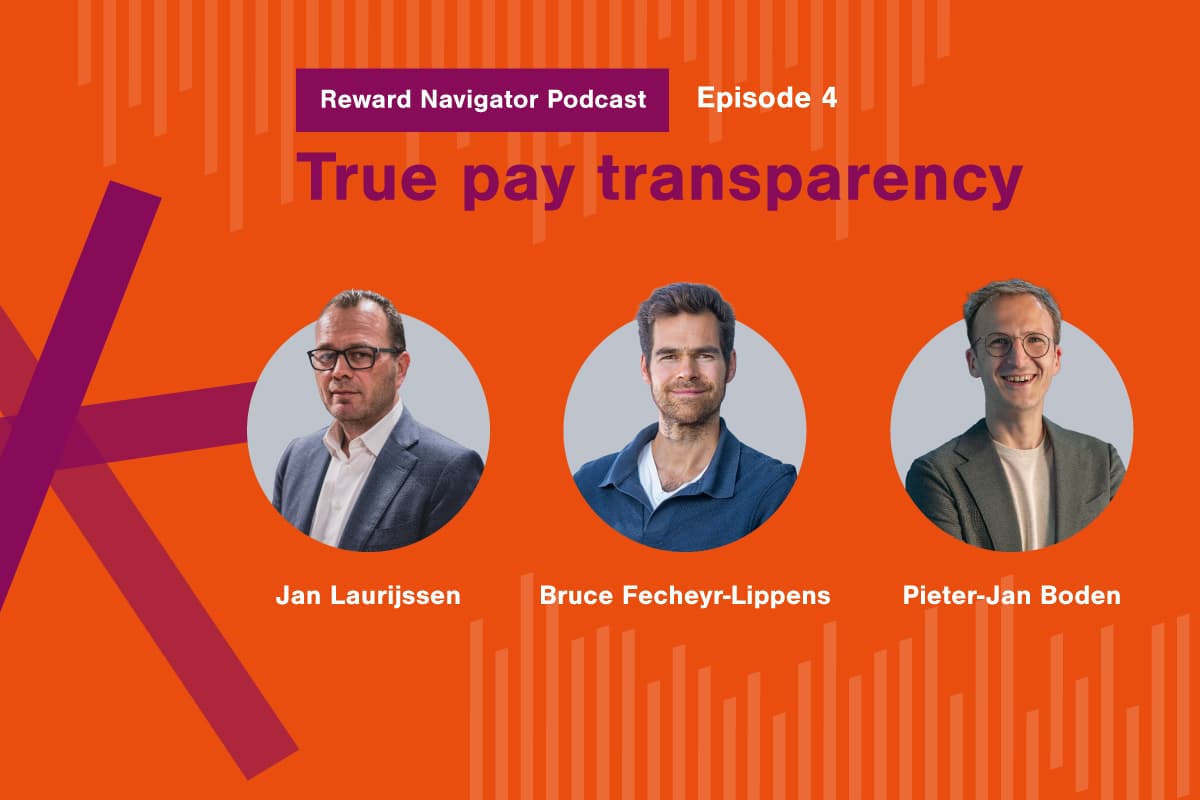
How much should you spend on salary vs. employee benefits?
It’s a delicate balancing act: our research found that 43% of employers are struggling to find the sweet spot between offering attractive rewards and keeping labor costs in check. With 53% of employers noting that total wage costs are on the rise and the average salary increase projected at 11% for the coming year, the pressure is on to manage budgets wisely.
But simply raising salaries isn't a comprehensive, sustainable, or effective reward strategy. If you want to ensure that you attract, motivate, and retain the best talent, it's crucial to allocate your budget thoughtfully between salary increases and both financial and non-financial employee benefits. One such non-financial benefit that’s popular in the UK and US is an Employee Assistance Program (EAP), which enables employers to address diverse employee needs at once, and often includes access to mental health services.
Certain benefits in kind can also offer greater 'cash-in-hand' value for employees, depending on local tax situations. These benefits can often be more tax-efficient than direct salary increases, providing financial advantages to both the business and its employees. But remember, it’s essential that you seek expert advice on what benefits would be possible in your local region, as this can vary significantly across Europe. Additionally, implementing a benchmarking system can be helpful in managing salaries effectively now and in the future by ensuring competitive pay scales that align with industry standards and geographical variations. This strategic approach supports both fiscal responsibility and employee satisfaction – which leads to employee retention.


